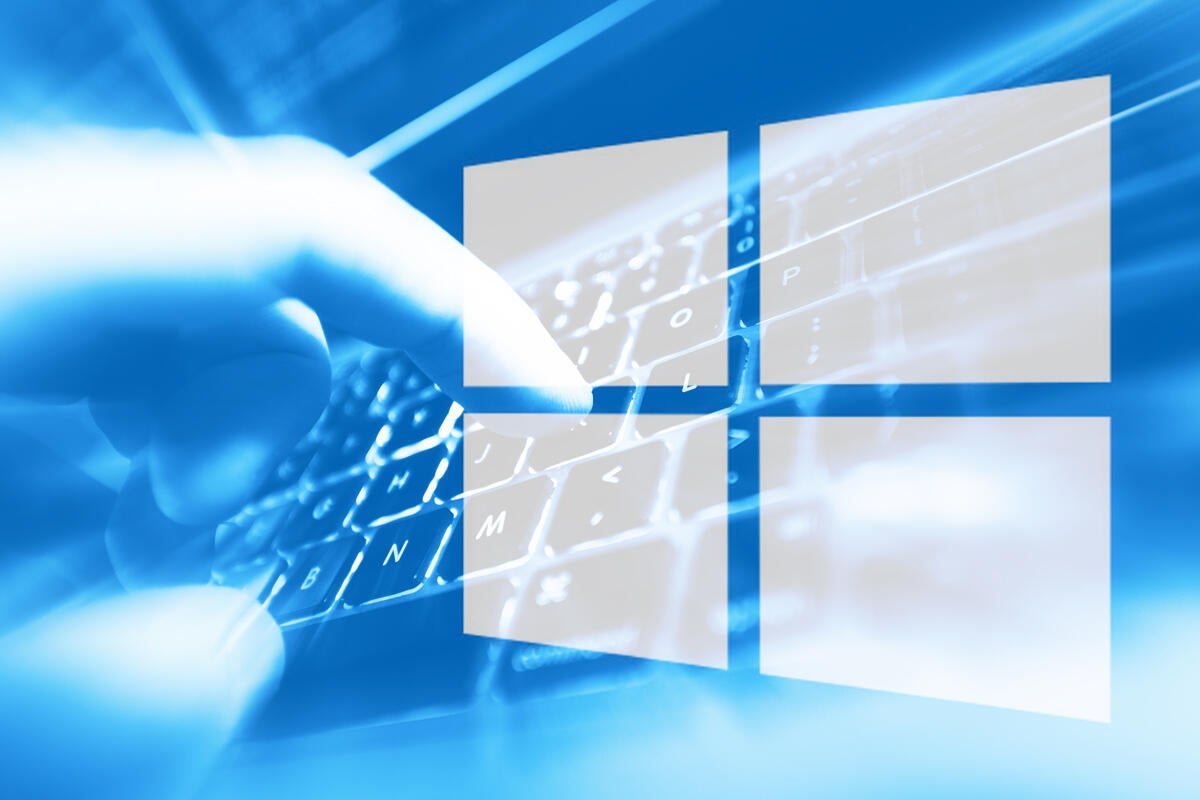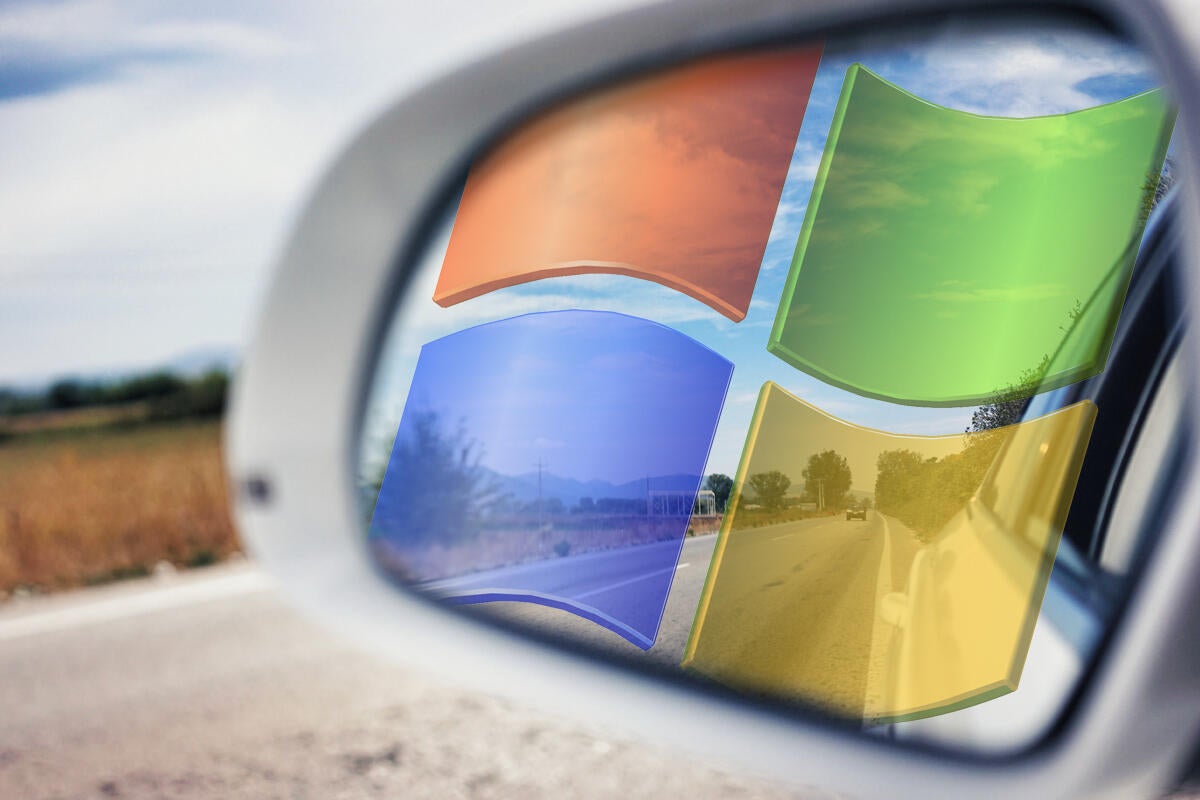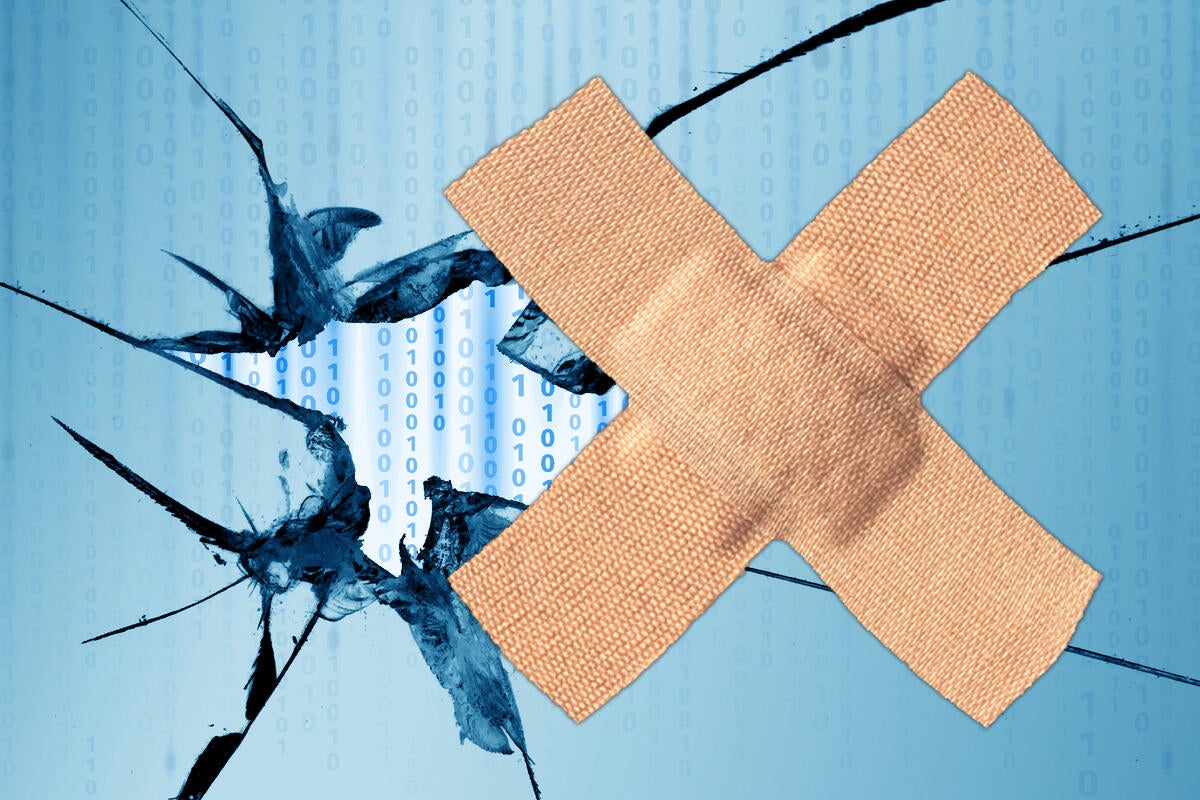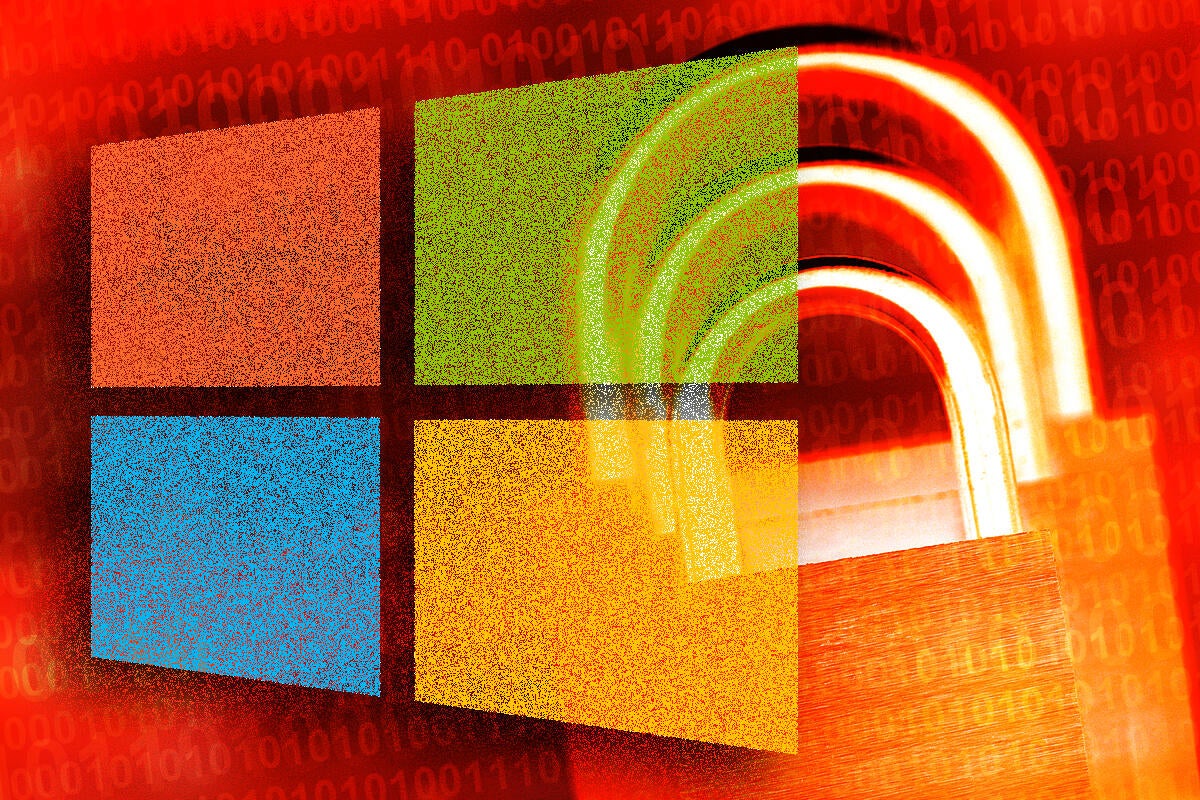March 2019 Windows and Office patches poke a few interesting places
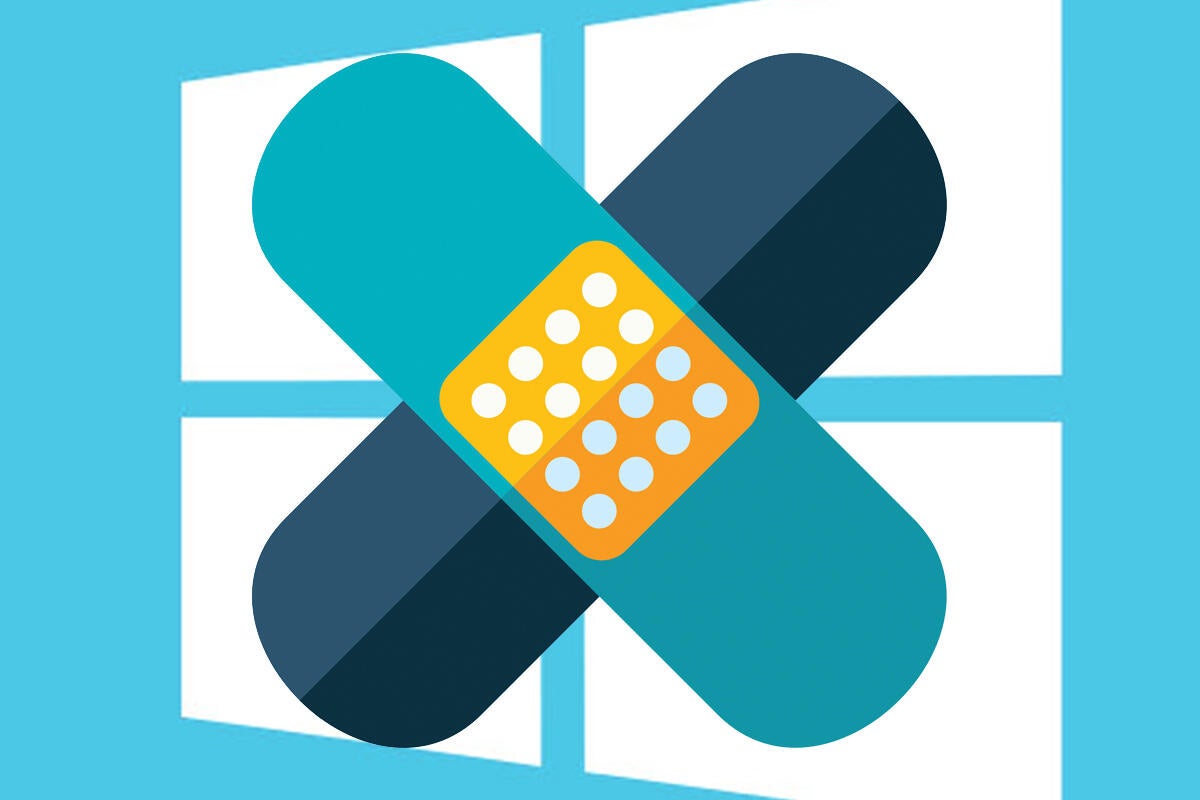
Credit to Author: Woody Leonhard| Date: Wed, 13 Mar 2019 06:21:00 -0700
Patch Tuesday has come and gone, not with a bang but a whimper. As of this moment, early Wednesday morning, I don’t see any glaring problems with the 124 patches covering 64 individually identified security holes. But the day is yet young.
There are a few patches of note.
Two zero days
Microsoft says that two of this month’s security holes — CVE-2019-0797 and CVE-2019-0808 — are being actively exploited. The latter of these zero days is the one that was being used in conjunction with the Chrome exploit that caused such a kerfuffle last week, with Google urging Chrome browser users to update right away, or risk the slings of nation-state hackers. If you’ve already updated Chrome (which happens automatically for almost everybody), the immediate threat has been thwarted already.
